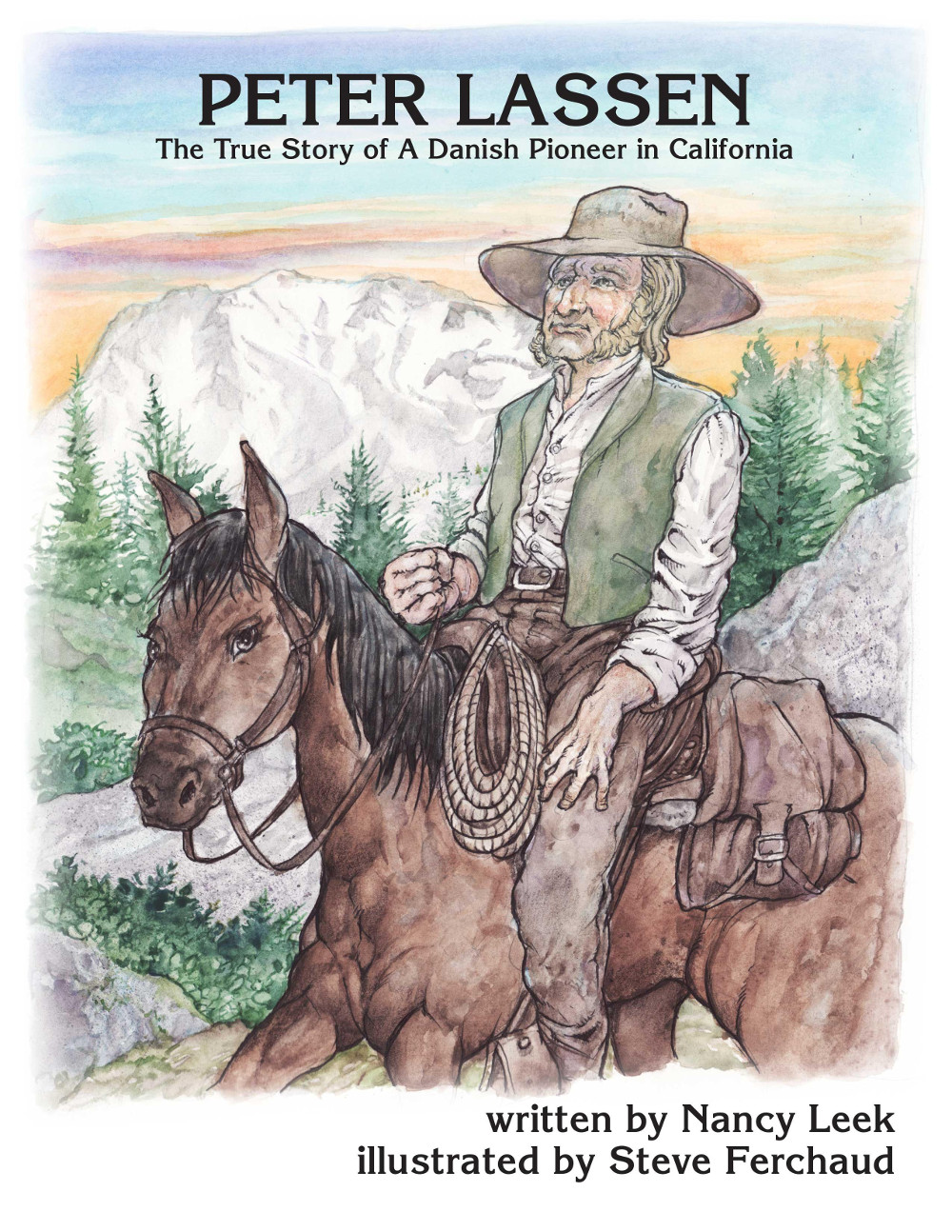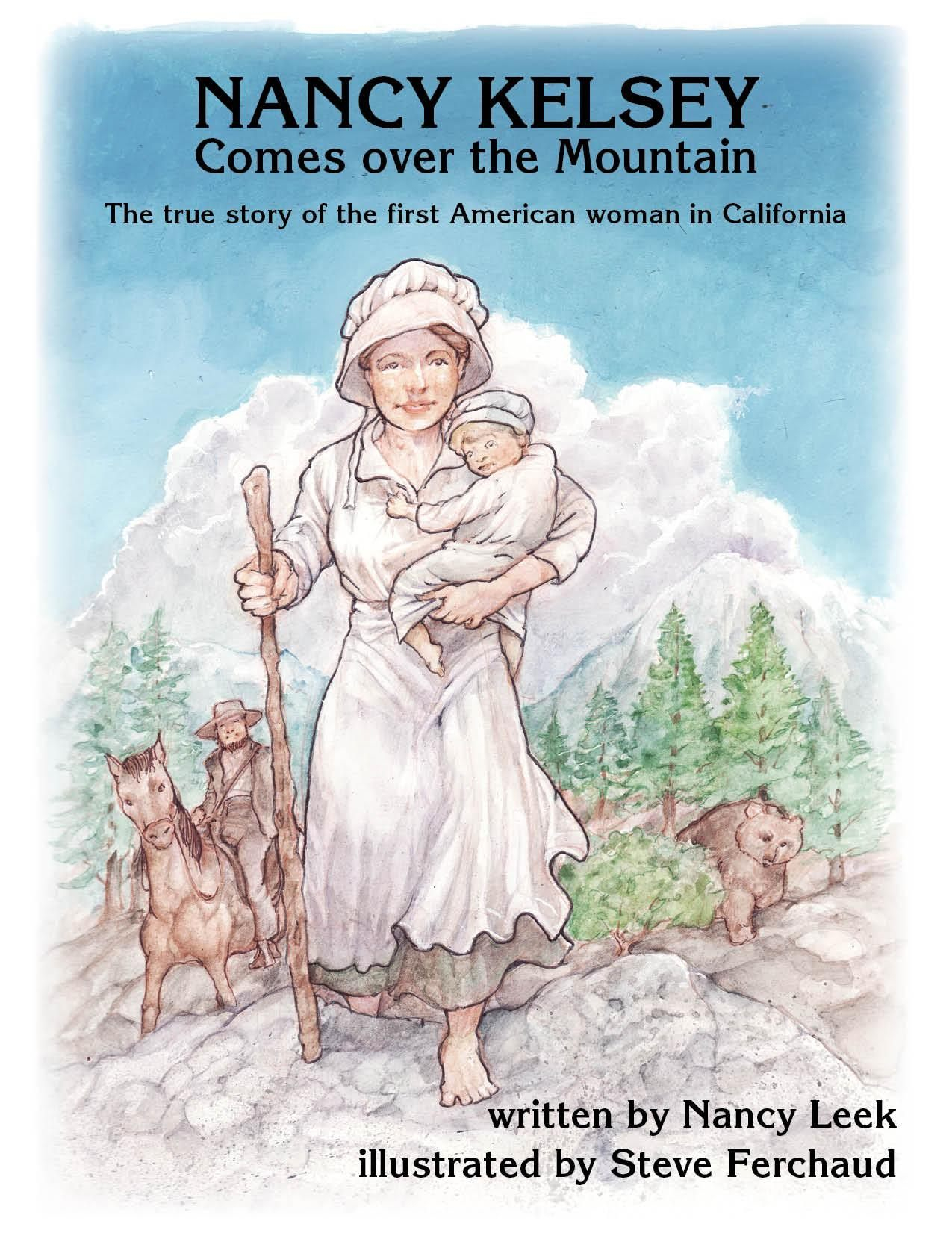Monday, 18th. Having ascended a about half a mile, a frightful prospect opened before us-–naked mountains whose summits still retained the snows perhaps of a thousand years, for it had withstood the heat of a long dry summer, and ceased to melt for the season. The winds roared–-but in the deep dark gulfs which yawned on every side, profound solitude seemed to reign. We wound along among the peaks in such a manner as to avoid most of the mountains which we had expected to climb–-struck a small stream descending toward the W., on which we encamped, having come 15 miles.
Stunning views, roaring winds, and biting cold. The company is high in the Sierras, but they have crossed the summit; they find a small stream flowing westward. Jimmy John noted: “Today we crossed the main ridge of the mountains of California in the morning about 10 o’clock.” Excellent news! however, they still have a long and difficult descent ahead of them.

The ascent up a steep pass in the thin air must have been exhausting. Michael Gillis writes:
After ascending the last few hundred feet in Golden Canyon, they reached the canyon’s western headwall. At an elevation of 9,425 feet, they crested the Sierra Nevada. In only four days, thanks to good weather, good luck and some savvy scouting, the Bidwell-Bartleson Party had made its way to the west side of the Sierra Nevada.
Their descent takes them down Disaster Creek to where the creek empties into Clark’s Fork of the Stanislaus River. The way down is tough, rocky, and dangerous, but they make it and camp by Clark’s Fork.
This map, from Michael Gillis’s article of “The 1841 Trans-Sierra Route of the Bidwell-Bartleson Party,” is not easy to make out. but if you can spot the little vertical arrow in the middle of the map, that is where they were on October 18th. The solid black line traces their route as far as October 20th, then the two dotted lines are two possible routes after that.






